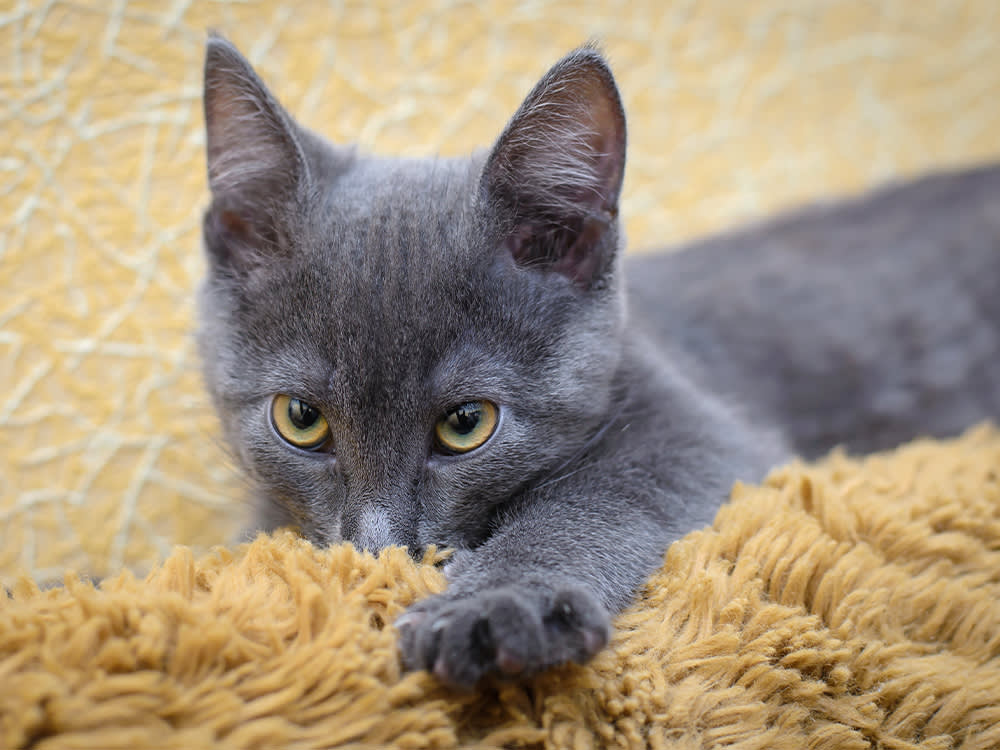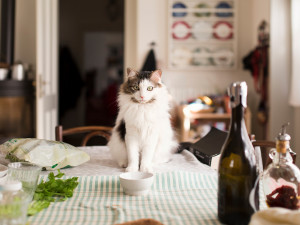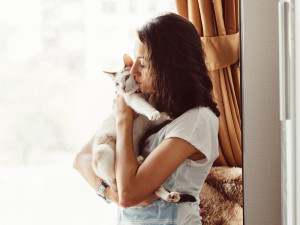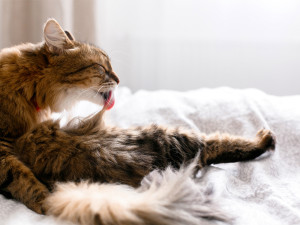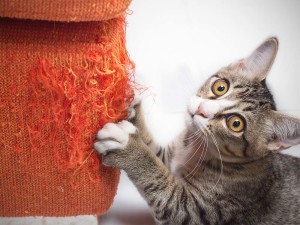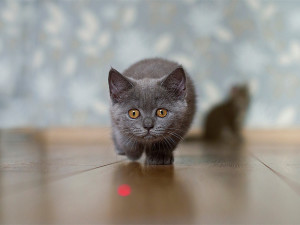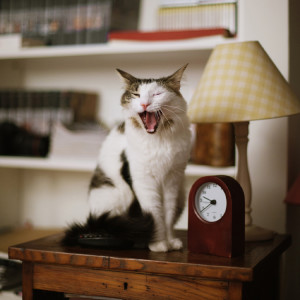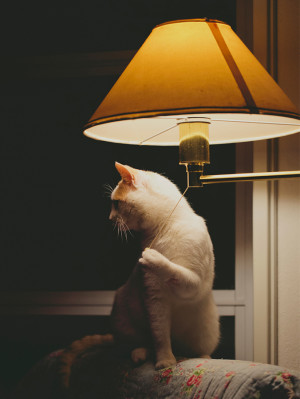Why Is My Cat So Kneady?
A cat behaviourist says ‘making biscuits’ could mean your cat thinks you’re their mum...
Chickpea, my cat, has no shortage of quirks. He earnt the nickname Gargoyle from his habit of always sitting on a tall, unstable stack of cookbooks on the kitchen island, all four paws gathered pristinely, gazing down from his perch like a monarch surveying his realm with a decidedly disapproving eye. Another favourite is his habit of waiting until well past midnight, when everyone’s asleep, to suddenly burst into gales of feline song, making sure to find the most resonant spot in the house to send forth heartrending mrawrs. But by far his grossest habit is taking a blanket or piece of my wife’s clothing and kneading and sucking it with an intense, unblinking stare – as though he were possessed.
Besides being unnerving to watch, the end result is a large wet spot on whatever he’s chosen to massage. We had our theories about this habit. As he was a feral cat taken off the street at a very young age – our vet estimated he was four weeks old when my wife found him – we assumed this behaviour was a result of the trauma from being abandoned by his mother before he was weaned. Turns out this guess may not have been far off the mark. According to cat behaviourist Cristin Tamburo, while all cats may engage in kneading – which is more awesomely known as ‘making biscuits’ – it is especially common in cats who were weaned too early.
When we first got Chickpea, to protect him from the other two adult cats in the house, my wife kept him in the bathroom for a week, spending time with him there on a regular basis. It was around then, early on, that she started noticing that he would knead, and occasionally suck on, personal items of hers. “This is a form of affection that demonstrates a close bond between the cat and human, almost as if the cat sees them as a mother figure,” says Cristin. “In instances like this, the cat might be seeking comfort in that person’s scent and presence.”
Interestingly, since cat’s paws have scent glands in them, kneading is also a way in which a cat may mark their territory. (Which, to be honest, sounds very Chickpea – if he had any doubts about his sovereignty.) But in general, even cats who weren’t weaned too early, as Chickpea was, will knead inanimate objects, people, or even other pets to show pleasure. Some will purr contentedly, drift off to sleep, or Zen out in a hypnotic state while making biscuits.
Sure, the drooling and sucking part of the ritual may be pretty disgusting, at least for the human whose personal effects are serving as the object of the cat’s affection. Nevertheless, this behaviour is, according to Cristin, a sign that the kneading cat is experiencing “maximum relaxation and contentment”. Some cold comfort for my wife the next time she puts on a robe and realises Chickpea has left a sweet, soggy reminder of his undying love for his surrogate mother.
